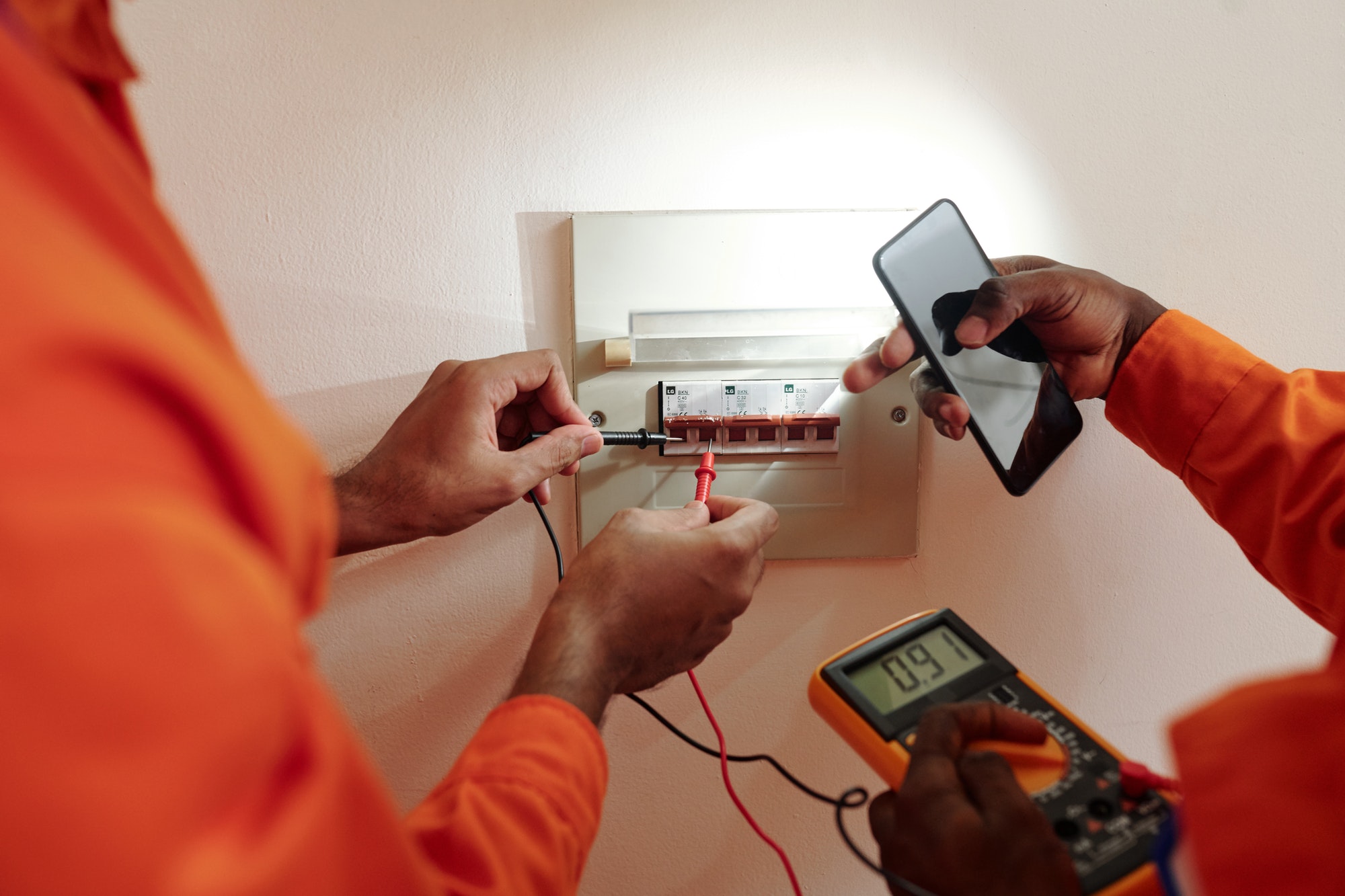In any residential or commercial property, the fusebox plays a critical role in maintaining electrical safety by protecting circuits from overload and preventing potential fire hazards. Understanding the different types of fuseboxes and their specific functionalities can significantly enhance your knowledge of home safety and electrical systems. Here’s a guide to help you decipher the various types of fuseboxes commonly found in properties today.
1. Standard Fuse Boxes
Standard fuse boxes, often found in older homes, use replaceable fuses made of wire filaments encased in glass or ceramic. When a circuit draws too much current, the filament melts, breaking the circuit and preventing further electricity flow. These boxes are less common in new installations because they require the fuse to be replaced after a single use, which can be inconvenient and less safe than modern alternatives.
2. Circuit Breaker Panels
Circuit breaker panels are the most common type of fusebox in newer homes and renovations. Unlike the older fuse systems, circuit breakers use switches that trip to break the circuit when they detect an overload or short circuit. This tripping mechanism is a safer and more convenient alternative because the breaker can be reset rather than replaced after an overload.
3. Ground Fault Circuit Interrupter (GFCI) Breakers
GFCI breakers are specifically designed to prevent electrocution by quickly cutting off power if an electrical current leakage is detected. This is particularly important in areas where electricity might come into contact with water, such as bathrooms, kitchens, and outdoor areas. GFCI breakers monitor the balance of electrical current and trip the circuit when they detect a ground fault, which is a path of least resistance directly to the ground.
4. Arc Fault Circuit Interrupter (AFCI) Breakers
AFCI breakers are designed to prevent fires by detecting potentially dangerous arc faults in electrical circuits. These arcs can occur in damaged or deteriorating wires and can create high-intensity heat that ignites surrounding materials such as wood framing or insulation. AFCI breakers differentiate between harmless arcs (such as those created when plugging in an appliance) and potentially dangerous arcs, tripping the circuit in the latter case to prevent a fire.
5. Combination AFCI/GFCI Breakers
These advanced breakers provide both arc fault and ground fault protection in one unit. They are becoming more prevalent in new construction and major renovations as they offer comprehensive protection against both shock and fire hazards in electrical circuits.
6. Main Breaker Panels
Main breaker panels contain a main circuit breaker that controls power to all other circuits within the panel. This main breaker allows you to shut off the power to the entire property from a single location, which is a critical feature during emergencies or when performing major electrical work.
7. Subpanels
Subpanels are secondary breaker panels that are connected to the main panel but are located in different parts of the property. They are typically used when there is a need to expand electrical service to areas like additions, detached garages, or workshops without overloading the main panel.
Conclusion
Understanding the different types of fuseboxes and their specific functionalities can greatly enhance your ability to maintain a safe electrical system in your home or business. Whether you are looking to upgrade your existing system or simply want to improve your knowledge of electrical safety, knowing these differences is crucial. For any changes or inspections, it’s highly recommended to consult with a licensed electrician who can provide expert advice and service tailored to your specific needs.







